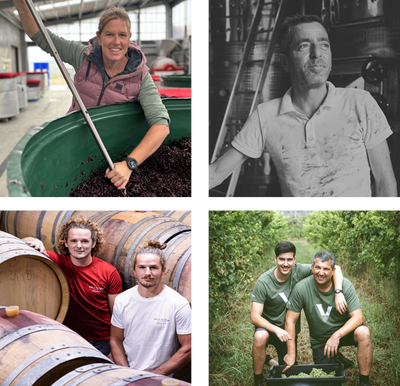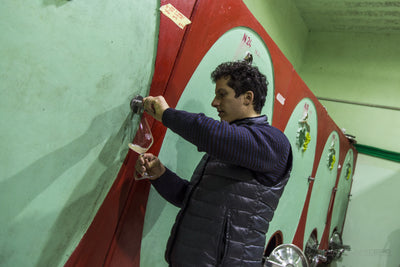If I could change one thing about the way people experience wine, it would be to ensure that everyone owned suitable glasses. My soul sinks when I see wine poured rim-high into those miserable Paris goblets, which are to wine appreciation as trees are to rally-driving. You don’t have to splash out on expensive glasses, just find something with a wide enough bowl for swirling, tapered towards the rim to capture the aromas, and of reasonably thin, clear glass so that the wine alters the temperature of the glass not the other way round. As long as you fill it no further than half-way, I believe that a decent glass improves the quality of a wine by about fifty percent.
The idea of decanting wine seems to petrify the inexperienced, as if it were a ritual only to be performed by sardonic butlers, but a quick splash and dash can unclench an immature wine and bring it out of its shell. Pour the wine into an inert container and give it a good shake to force some air between its tight molecules – advice which applies to whites as well as reds. Decanting to remove sediment from an old bottle, however, is an entirely different affair and must only be attempted by members of the aristocracy.

Another important issue is temperature. Refreshing, aromatic white wines and rosés should be served at around 8º C, whereas fuller, more contemplative whites should be served at about 12º C. Powerful, tannic reds show their true colours just below room temperature at about 18 º C, whereas more delicate reds, including mature clarets and Burgundies, are more expressive at a lower temperature, around 16º C. Beaujolais and Loire reds can be enjoyed as low as 10º C as a refreshing lunchtime reviver and Champagne must be served ice cold, unless it’s vintage, in which case it deserves a slightly higher temperature that allows its subtleties to shine.

However, the most significant external factor affecting wine is you. My advice is always to drink wine in a good mood. The chemical balance in our mouth is affected by mood, which is the primary reason for the familiar claim: “Well it tasted better in Greece!”


